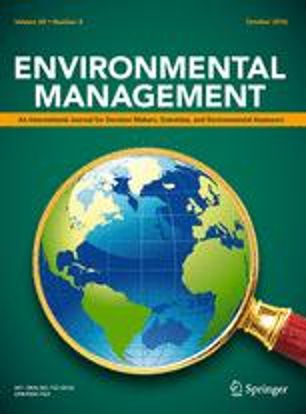Several studies on NTFPs have been and are being carried out under the umbrella of the Tropenbos programme. To bring more coherence in these studies, a research strategy was formulated, providing an analytical framework for site-specific studies. The strategy aims at identifying the key conditions for successful and sustainable commercial NTFP extraction, to bring these together in a checklist, and to develop a methodology to apply this checklist in land-use planning and community development. Among the key elements of sustainable commercial NTFP extraction are the availability of natural resources, the sustainability of harvesting levels, the compatibility of extractive activities with people's livelihood strategies, access to markets, and participatory planning. Several methodologies have been applied to gain more insight into these elements. The methodology which is used to assess the availability of natural resources is determined in the first place by the aim and the scale of the study. The land-ecological approach applied by Joost Duivenvoorden et al. gives a first impression of plant resource availability at the level of land units. As this methodology can be used for mapping and be integrated with geographical information systems, it can be a useful instrument in land-use planning. To detemine the availability of NTFP resources at a more detailed level, the nested sampling method is often preferred. With this method 1 ha plots are inventoried, involving not only trees, but also shrubs, vines and herbs. In cases where only primary forest is subject of s tudy and where smaller plants are hardly exploited for NTFPs (e.q. in East Kalimantan where rattan and fruit trees are the main NTFP species) a standard vegetation analysis can be carried out. With this method the relative importance of trees with a dbh >10 cm can de determined, as well as the influence of abiotic factors, such as relief, on the occurence of NTFPs. An interesting effort to establish sustainable harvesting levels has been undertaken with large catfish in Colombia. Through the use of a participatory method it was possible to develop a management plan for sustainable fishery which was agreed upon by all the factors involved. The experience with establishing sustainable harvesting levels for plant products is hitherto confined to rattan, for which a harvesting experiment was undertaken in Indonesia. No experience has been obtained so far with methodologies which take population dynamics into account. Market surveys are part of most NTFP studies in the Tropenbos programme. These surveys provide insight into the commercial potential and marketing aspects of NTFPs. These surveys are also taken as a starting point to trace the provenance of NTFPs. It has become clear that the direct participation of the actors in data collection is of crucial importance in NTFP research. Local people not only play a role as a source of information on names and (potential) uses of NTFPs, but they may actively participate in data collection through, for instance, the daily registering of forest use. Through diaries or special forms, insight can be obtained into the role of extraction in peoples' livelihood strategies. When data need to cover a longer period of time, personal interviews seem to be more appropriate. Several participatory methods have been applied in the Tropenbos programme, such as participatory personal interviews and community workshops. These methods have proven to be useful for a cross-check and complementation of the information provided, for the recovery and socialization of traditional knowledge and norms concerning forest use, and for participatory planning of forest use. The overview methodologies used makes it clear that the specific objectives and context of the studies generate their own methodologies choices. It is the overall research strategy which provides the framework for the integration of site-specific results. In this way it is strived to make clear under what conditions commercial NTFP extraction can serve as a strategy for conservation and wise forest use
Tahun publikasi
2001
Penulis
Ros-Tonen, M.A.F.; Van Andel, T.; Assies, W.; Van Dijk, J.F.W.; Duivenvoorden, J.F.; Van Der Hammen, M.C.; de Jong, W.; Reinders, M.; Fernandez, C.A.; van Valkenburg, J.L.C.H.
Bahasa
English
Kata kunci
harvesting, methodology, nontimber forest products, participation, planning, research, sustainability
















